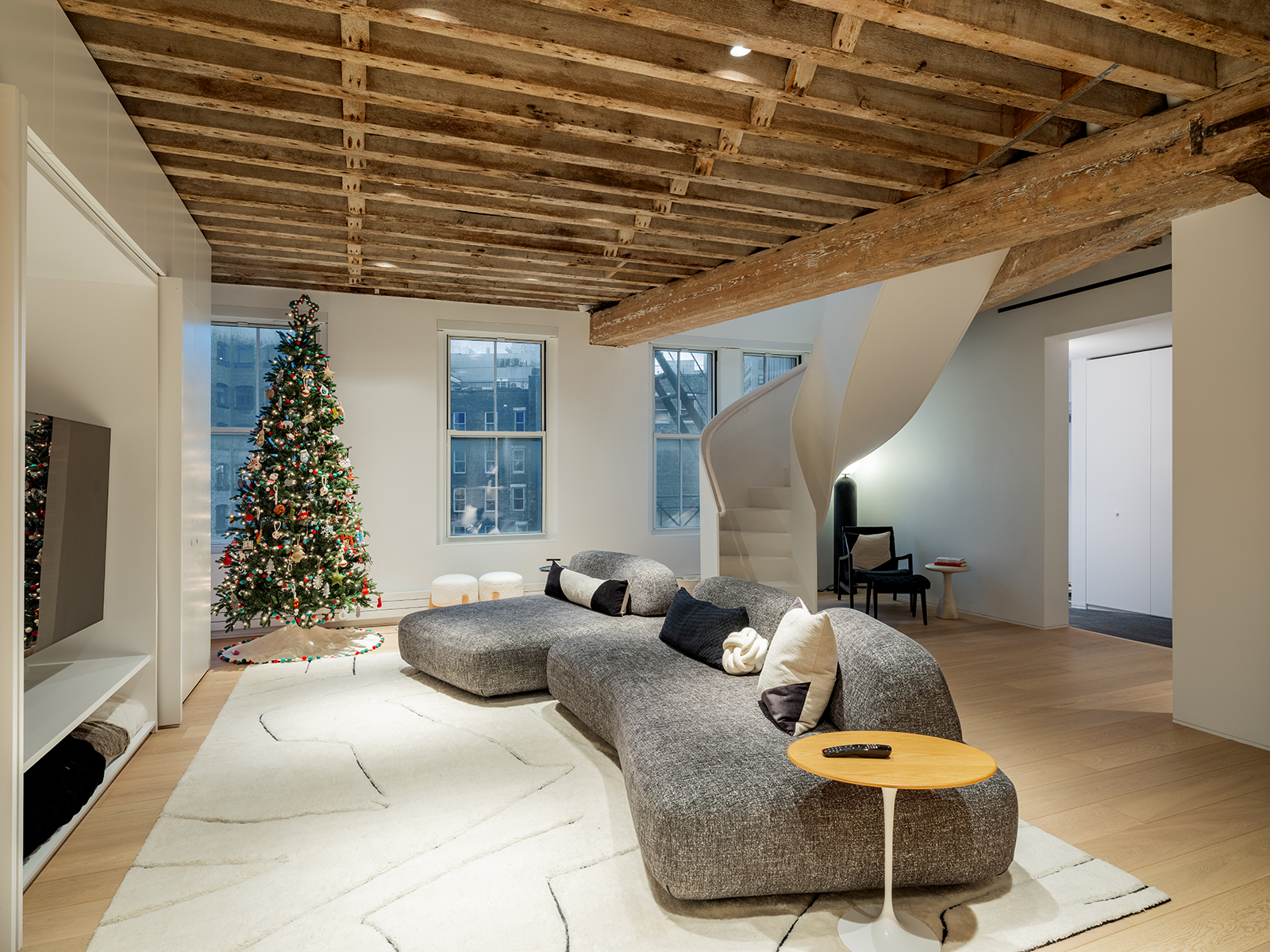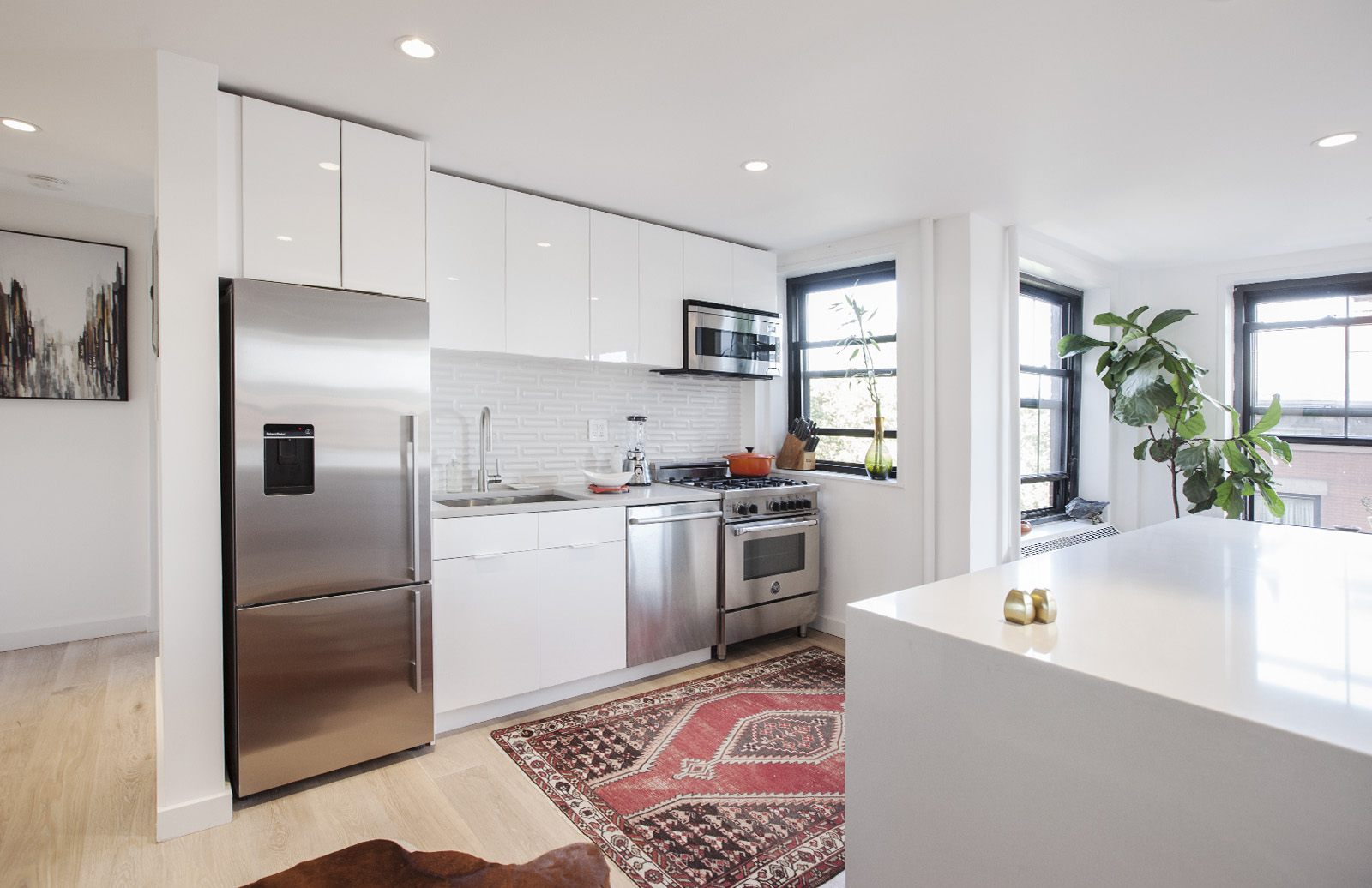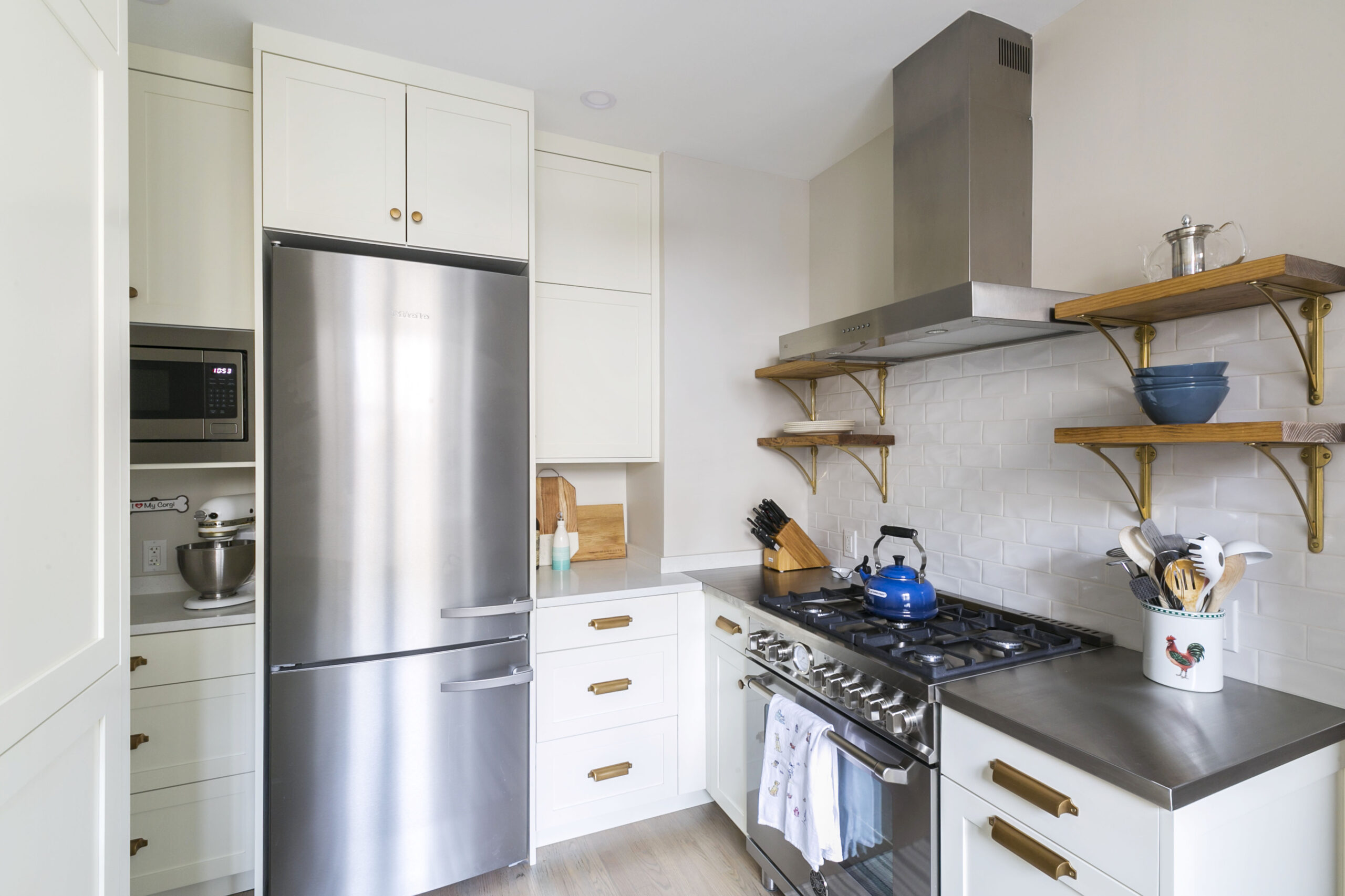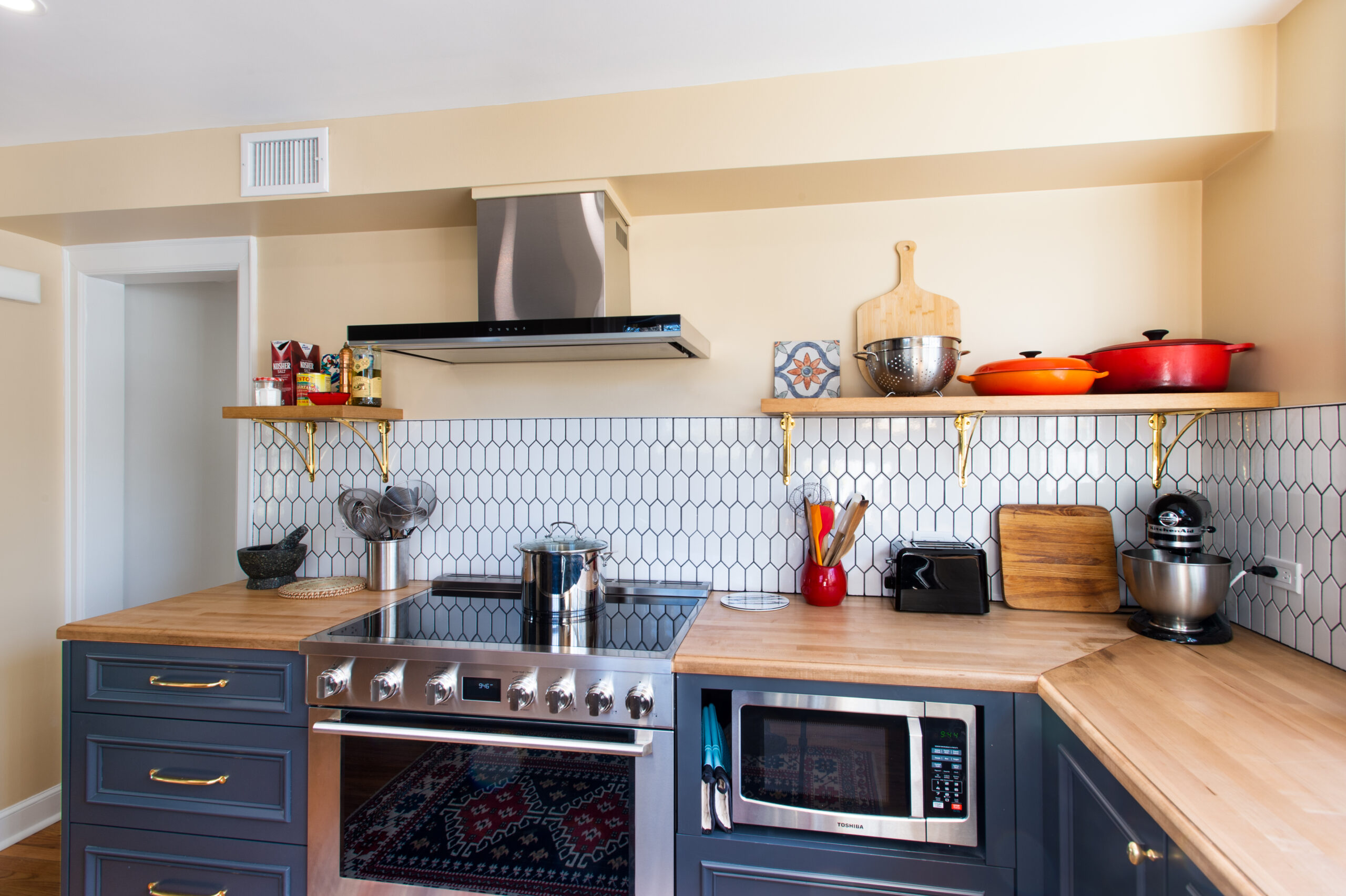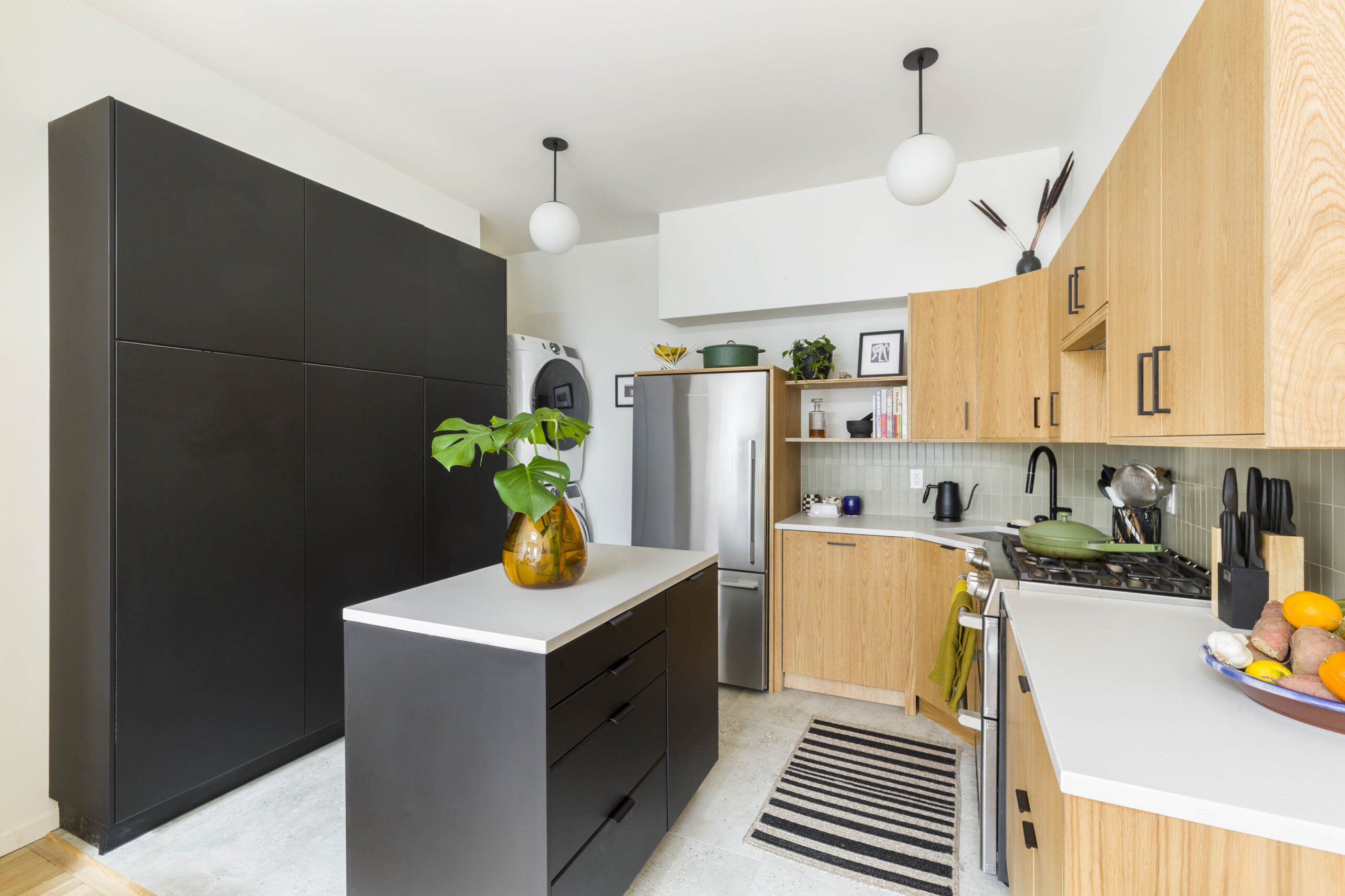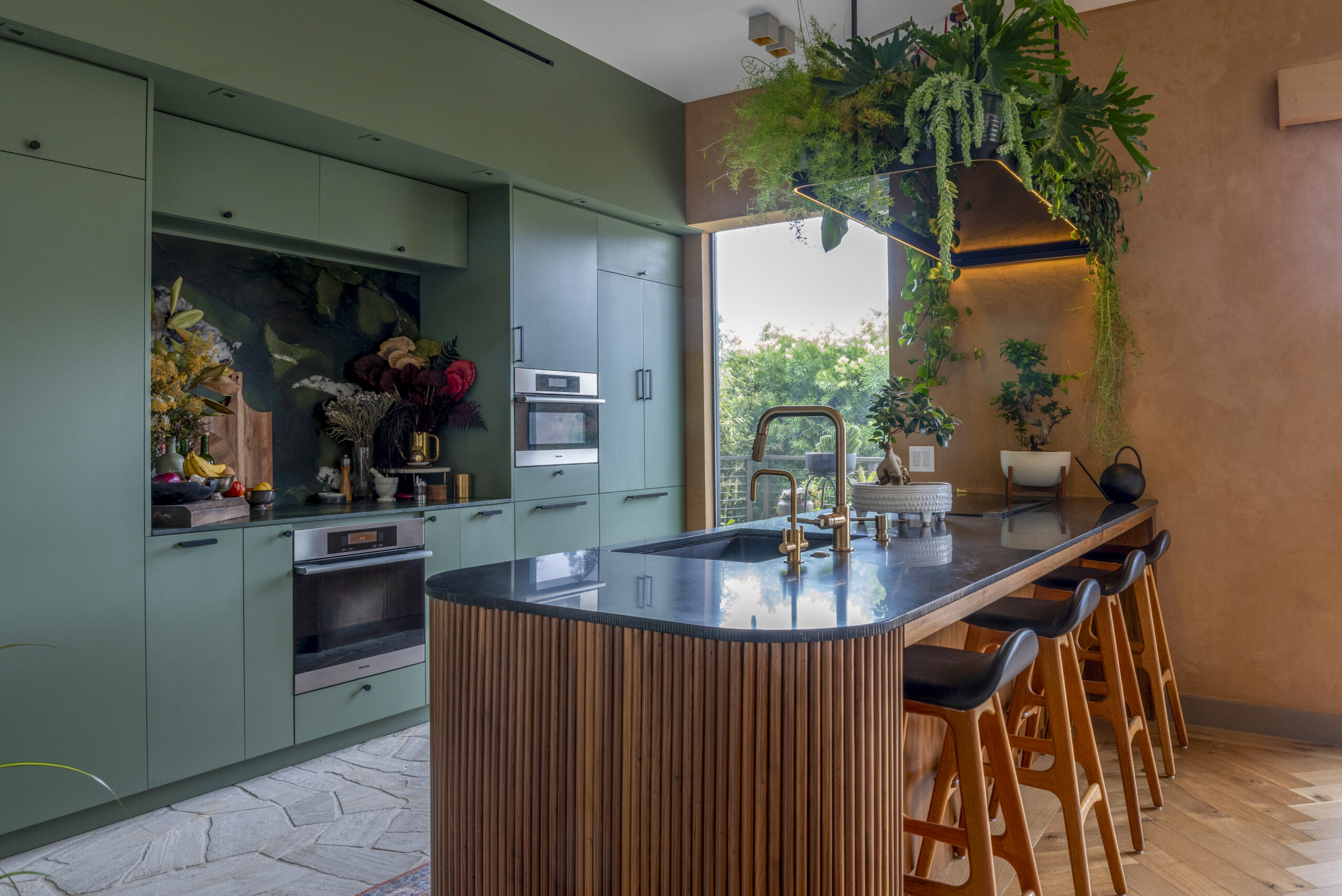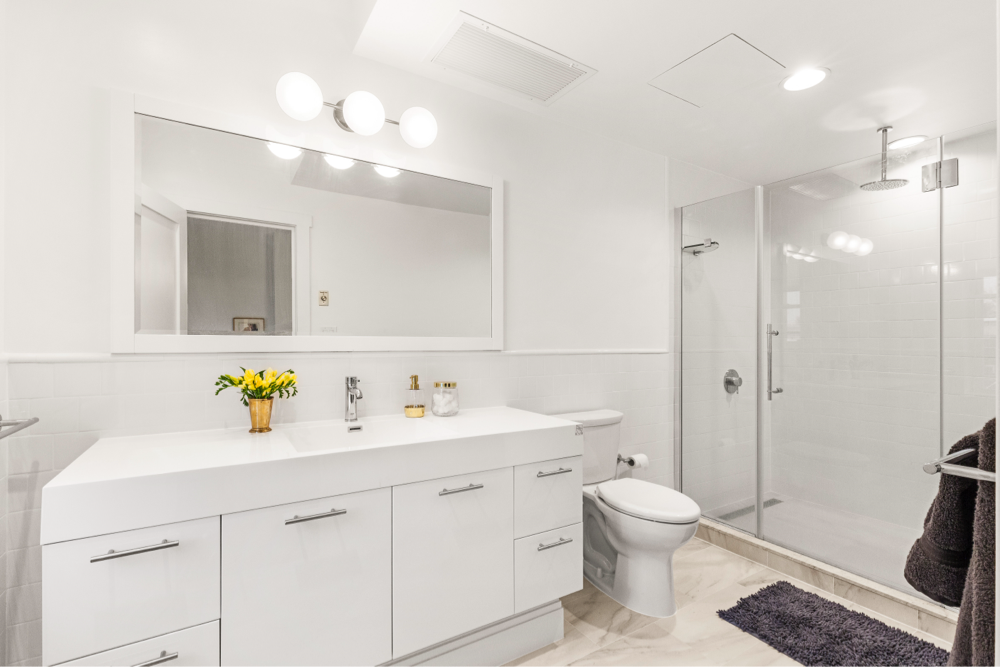Hardwood Flooring 101: A Surface Above the Rest
The lowdown on wood flooring options—solid, engineered, reclaimed—and how to choose
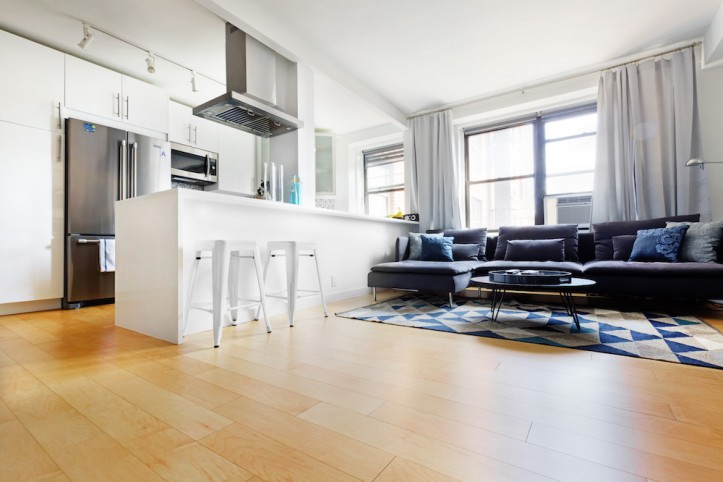
Of all the surface options available for the home, hardwood flooring remains the one with the most cachet and value. After all, it’s warm in appearance, easy underfoot (especially compared to tile or stone), versatile in application thanks to the range of wood species and finishes available, and innately luxurious. From solid to engineered to salvaged, you’re likely to find an option that suits your home’s style as well as your lifestyle.
Wood flooring prices can vary greatly, depending on where the flooring was manufactured, how it was made, how it was finished, and who’s installing it. Base your decision on where the floor will go, and what type of activity those rooms will see. Flooring is an investment—of resources and the time it takes to install it. Make the right choice, and you will enjoy your wood floor for probably as long as you want it.
Consider your lifestyle
First, examine what the room or room(s) will be used for, how much traffic they will experience, and what kind. Wood can be enjoyed throughout most homes, with a few precautions:
- Will there be pets scratching it with their nails? High heels from frequent entertaining? Toys from energetic little ones?
- Do you expect grit consistently tracked from the front door or backyard?
- Does the room get loads of sunlight that could fade the surface in some areas?
- Is there the possibility of accidental yet prolonged exposure to water, next to a dishwasher or by a bathtub, which could cause the floor to swell?
Today’s hardwood flooring often features highly durable polyurethane coatings that are formulated to stand up to light or average wear, but you will need to commit yourself to a regular maintenance routine in order to keep the surface beautiful. And engineered versions, with a wood veneer backed by a composite that helps assure its stability (while slightly lowering the cost compared to its solid wood cousin), can sometimes go in environments that experience some moisture, like a basement or a bathroom.
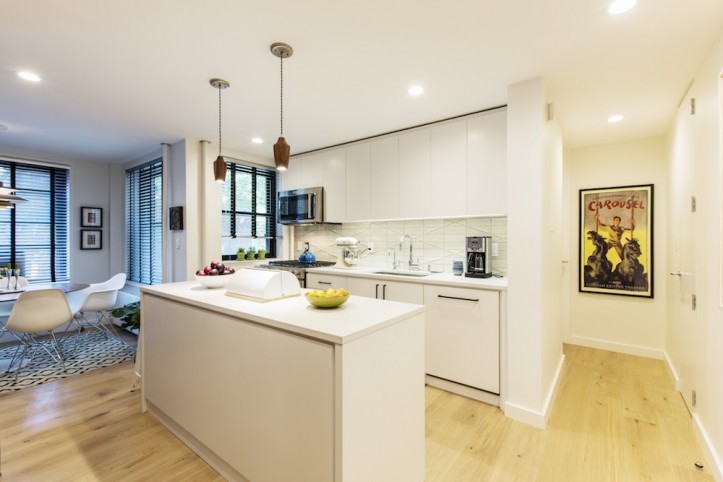
Customize the look
Each species of wood has its own color and grain, and the choice is yours. Appearance has expanded beyond classic wood species and stains to include colored washes and dramatic textures added during manufacturing, from classic satin to wire-brushed to scraped. These distressed effects also serve to hide some wear over time as well as enhance character. Dimensions vary, too, from traditional narrow strips to wide planks that lend a rustic mood and also means fewer seams into the overall floor.
The hardness of the wood should be taken into account, too. If your floor will see a lot of action, you want one of the harder species, like oak, maple, or hickory. The ranking system for hardness among different species, called the Janka hardness test, measures how a wood stands up to dents and wear.
Finishes affect the overall style, with a range of high, medium, or low gloss available from most manufacturers, depending on whether you want a highly polished or a more satiny effect. The finish, applied in anywhere from three to seven coats, should include aluminum oxide to make it resistant to the abrasions of daily foot traffic.
Click-lock versus tongue-and-groove
Edge treatments vary widely to give you plenty of options to achieve the look you want, from square to beveled to scraped to pillowed. Wood floors connect one edge to another by means of two methods: Sweeten brings homeowners an exceptional renovation experience by personally matching trusted general contractors to your project, while offering expert guidance and support—at no cost to you. Renovate expertly with Sweeten
- Like the term implies, click-lock boards click into place to provide an almost seamless appearance, except for the grain of the wood. Found in engineered wood flooring, these require no adhesive and so the installation tends to go faster.
- The tongue-and-groove method fits together using a thin piece on one long side that fits into the grooved indenture on the adjoining board’s side. Planks are further secured when nailed, glued, or laid in a floating installation.
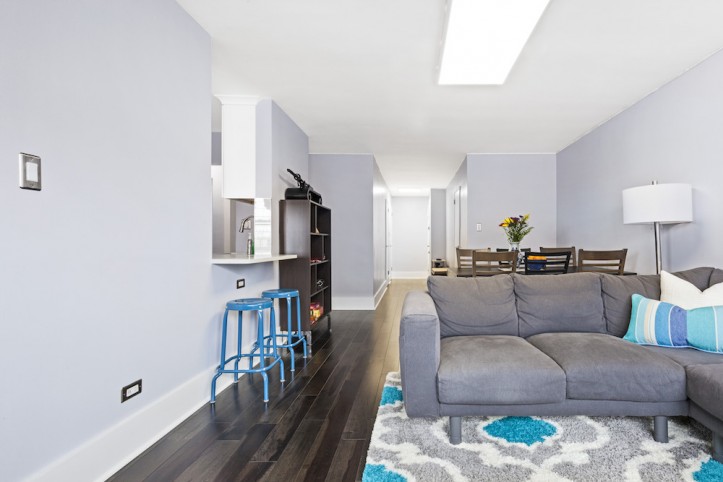
Get real with solid hardwood
Solid hardwood comes either factory-finished or can be finished on site. Factory-finished flooring arrives needing only to be installed, making it clean and quick to lay down. This method eliminates or reduces the following:
- The curing that site-finished wood requires (which can take up to two months as the wood adjusts to your home’s climate)
- Dust from sanding
- Chemical fumes from the finish
- Length of time from start of installation to complete drying of finish
- Length of time to final use of room
The finish is also cured under UV lights at the factory, a process that can’t happen on site, so the factory-finish is likely tougher than the one applied on site. This floor should also include a warranty from the manufacturer instead of the installer. The main benefit of having a site-finished floor is if you desire total control over the final look.
Factory-finished floors typically arrive already topped with several layers of a water- or oil-based polyurethane coating that incorporates aluminum oxide to protect the wood from scratches and fading due to sunlight. A clear top coat provides the glossy or satin appearance. This floor can be refinished several times until the multilayer coating is completely removed, which then means reapplying the finish or, in extreme situations, replacing the plank. If your floor is finished on site, discuss with the installer what type of finish he recommends, and if it includes aluminum oxide.
Caution: Solid wood is a natural material, making it vulnerable to swings in temperature and humidity. Because it will expand and contract, it must be fastened to a subfloor but not concrete, so it can’t go below-grade or in damp areas like a basement or a bath that gets lots of steam.
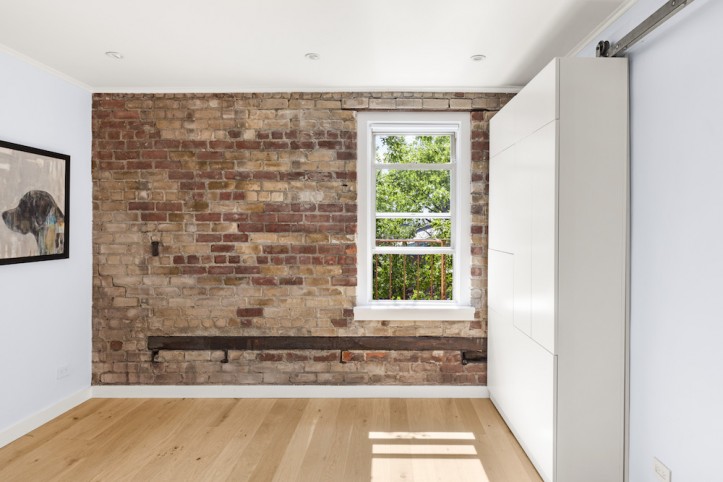
Fool the eye with engineered wood
If it looks like it’s real wood, that’s because it is—a veneer of real wood atop a structural base, typically plywood. The base gives it added stability so it can go in a bath or a basement, as well as over radiant heating elements. It requires fewer trees than solid hardwood, but the base includes glues that bind the plywood and the veneer. This option is easy to install as a floating floor or it can be secured with staples or glue.
Expect to find all the classic species of woods and stains in this engineered wood category, as well as some fun fashion colors like a gray wash. You’ll discover a range of quality, too, so when shopping, investigate the thickness of the veneer, the number of protective coatings, and the number of ply in the base, which can range from three to seven and up.
Refinishing engineered wood is far more limited than solid wood—as little as once, depending on the thickness of the veneer. Buy an extra box in the event you need to replace a plank, so you don’t have to worry about matching. Ask about warranties for both the finish and veneer delamination.
Go authentic with reclaimed wood
Probably the most environmentally-friendly choice, reclaimed wood that is salvaged from old buildings requires no cutting of trees. Its unique appeal comes from its original sourcing, which may be domestic woods that are now rare or unavailable for residential use. Like a vintage wine, reclaimed wood also shows a character that can’t be reproduced today, even from advanced manufacturing techniques.
This wood is typically sourced from old factories, deconstructed homes, old decking or piers, but it still has to be treated to go into its new home. It may be warped or cracked in areas, and so require some milling before it’s ready for installation. Make sure the wood is kiln-dried after milling, as this will aid its stability and also eliminate the possibility of critters, such as termites.
This category can be found from a few national dealers, like Mountain Lumber, or locally by doing a search online, but if you shop from an independent dealer, make sure he or she guarantees the product.
Consider maintenance and repair
The biggest enemy of your wood floor is nearly invisible grit tracked in on shoes. Place area rugs or mats at entry points to catch dirt. Try to sweep or vacuum daily, clean monthly with a wood floor cleaner recommended by the manufacturer, so you can enjoy your floor for a lifetime.
—
When it comes to renovating your kitchen, find out how to choose the best kitchen floor for your family, and learn about options ranging from hardwood to tile, and everything in-between.
Sweeten handpicks the best general contractors to match each project’s location, budget, scope, and style. Follow the blog for renovation ideas and inspiration and when you’re ready to renovate, start your renovation on Sweeten.

